When visiting a new and unfamiliar place, it’s normal to have some doubts or fears. Many tourists wonder if Peru is a safe country, especially before planning their trip or deciding which areas to visit.
Peru, with its cultural richness, stunning landscapes, and a millenary history that attracts millions of tourists every year, also raises some safety-related questions. Is it safe to walk its streets? Which areas should be avoided? What precautions should be taken?
In this guide, we’ll tell you everything you need to know to enjoy your trip to Peru with peace of mind, avoid risks, and make the most of your adventure.
- Discover the wonders of Peru
- Safe areas of Peru: Explore with peace of mind
- Trekking in Peru: Safety on the trail
- Take care of your health and hygiene while exploring Peru
- Travel with a trusted agency
- Cities in Peru: Enjoy Without Worries
- Safety tips for your trip to Peru
- What to do in case of an emergency?
- How long can you stay in Peru as a tourist?
- Peru is the ideal destination for an unforgettable trip
- You may be interested in:
Discover the wonders of Peru
Peru is a very safe destination, and tourists usually don’t experience problems during their stay. Located in a privileged region of South America, it offers an impressive geographical diversity that includes coast, highlands, and jungle.
Peru is one of the most popular destinations in Latin America thanks to its natural beauty, immense historical richness, and vibrant living culture. From archaeological wonders like Machu Picchu and the city of Cusco to unique landscapes such as the Colca Canyon, the Peruvian Amazon, and the Rainbow Mountain, the country combines adventure, history, and tradition.
Traveling to Peru means immersing yourself in an unforgettable experience, filled with vibrant flavors, stunning colors, and breathtaking scenery.
And yes, you can do it with complete peace of mind—just take the basic precautions, as you would in any other tourist destination around the world.
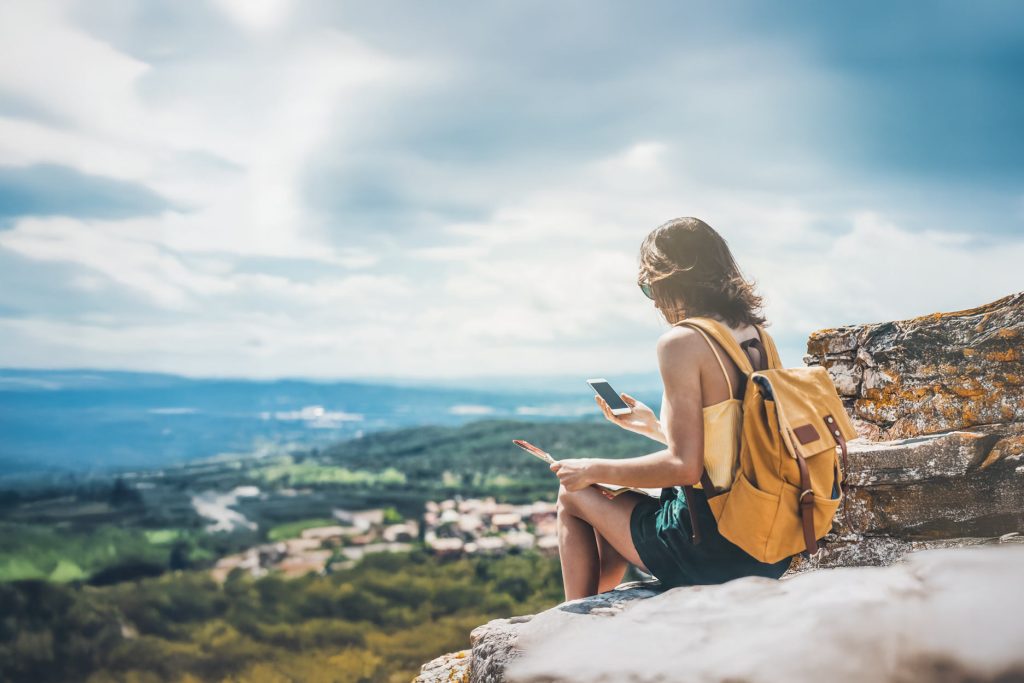
Safe areas of Peru: Explore with peace of mind
Is Peru safe for tourists?
As we mentioned, Peru is a safe country for tourism, particularly in its most popular areas. Central areas are usually the busiest, both with locals and tourists, and are generally very safe. These places are home to shops, restaurants, tourist services, and hotels, and they are well-lit and monitored. Additionally, many tours in Peru depart from these zones.
✅ Safe tourist areas to visit in Peru
- Cusco, the Sacred Valley, and Machu Picchu
- Arequipa and the Colca Canyon
- Tourist-friendly Lima: Miraflores, Barranco, San Isidro
- Puno and Lake Titicaca
- Iquitos and the jungle are accessible through organized tours
- Huaraz and the Cordillera Blanca
However, there are some areas where it is recommended to exercise more caution or to avoid traveling altogether if not necessary.
⚠️ Risk areas in Peru:
- The borders with Ecuador and Colombia, due to drug trafficking and high crime rates, especially in the Loreto region.
- Remote areas of the Apurímac, Ayacucho, Junín, Huancavelica, and Apurímac river valleys, due to the past presence of terrorism and drug trafficking.
- La Rinconada and nearby towns. It is the highest city in the world (5,100 meters / 16,732 feet). There is informal gold mining, crime, high mercury concentrations, and the presence of toxic waste.
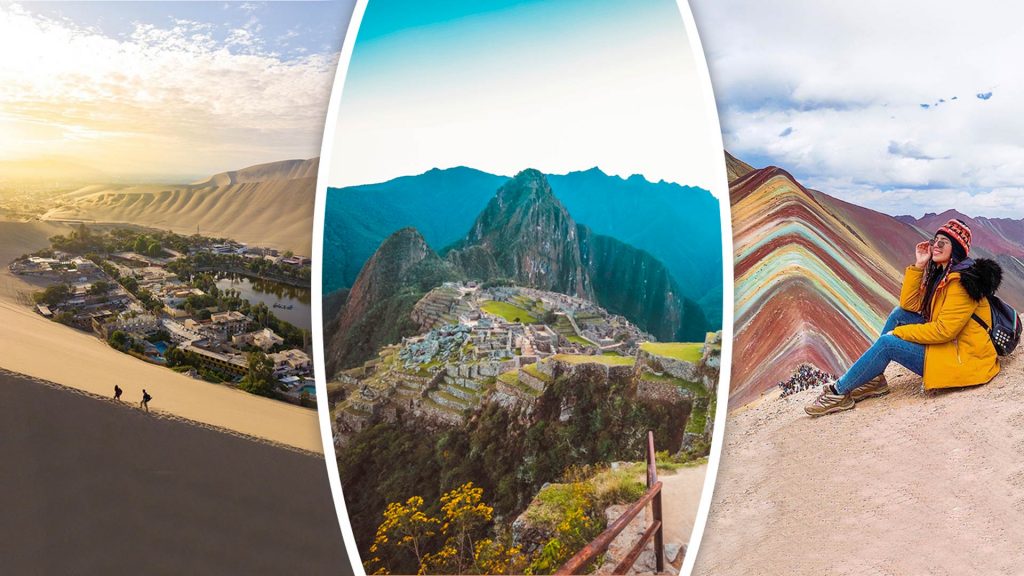
Trekking in Peru: Safety on the trail
Peru is one of the best destinations in the world for trekking, with some of the most popular routes in South America. The Inca Trail to Machu Picchu, the Salkantay route, Choquequirao, and Humantay Lake all combine breathtaking landscapes, cultural richness, and a deep connection with the Andean nature.
However, trekking through the Peruvian Andes also comes with certain challenges. Here we share the main precautions and tips to enjoy your trekking experience safely and with confidence.
Prepare for the altitude
Many trekking routes in Peru exceed 3,000 meters (9,843 feet) and even reach over 5,000 meters (16,404 feet) above sea level. At these altitudes, it’s common to experience altitude sickness, with symptoms including headache, nausea, fatigue, and dizziness.
For example, the city of Cusco is located at 3,399 meters (11,150 feet), so it’s essential to spend at least one or two days acclimating before starting any hike. Proper adaptation to the altitude is key to enjoying your trek without complications.
Tips:
- Arrive in the starting city a few days early to acclimatize.
- Stay well hydrated and avoid intense physical activity during the first few days.
- Consult your doctor before the trip if you have any pre-existing conditions.
- Coca leaves or certain medications can help prevent or relieve symptoms.
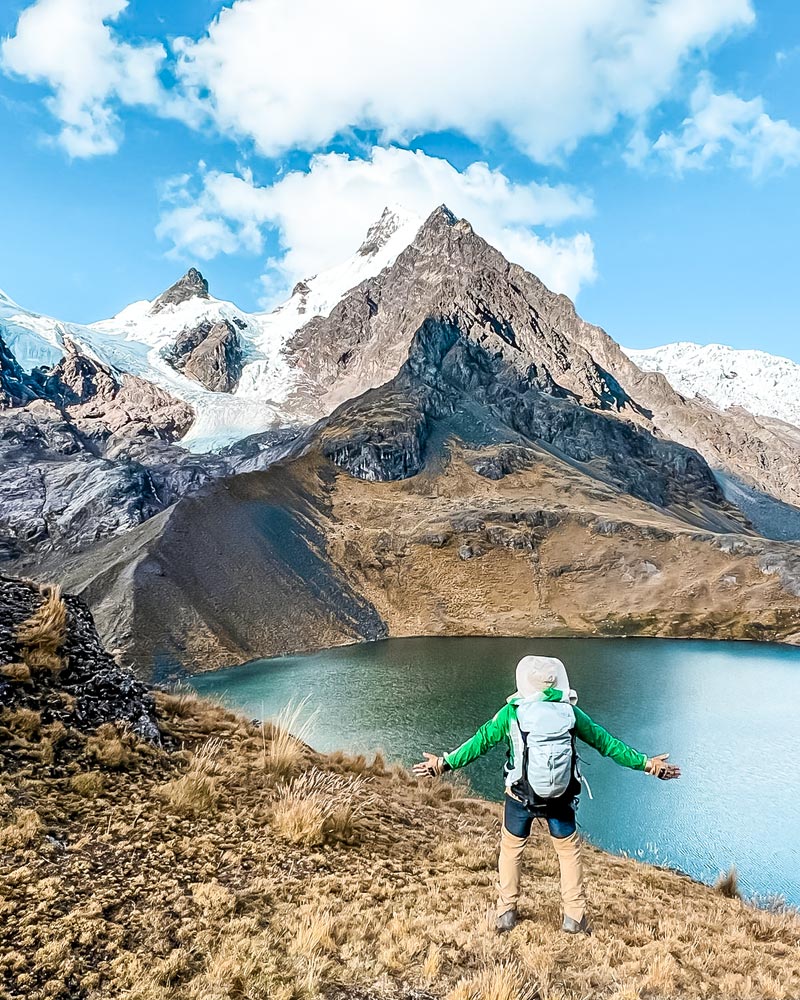
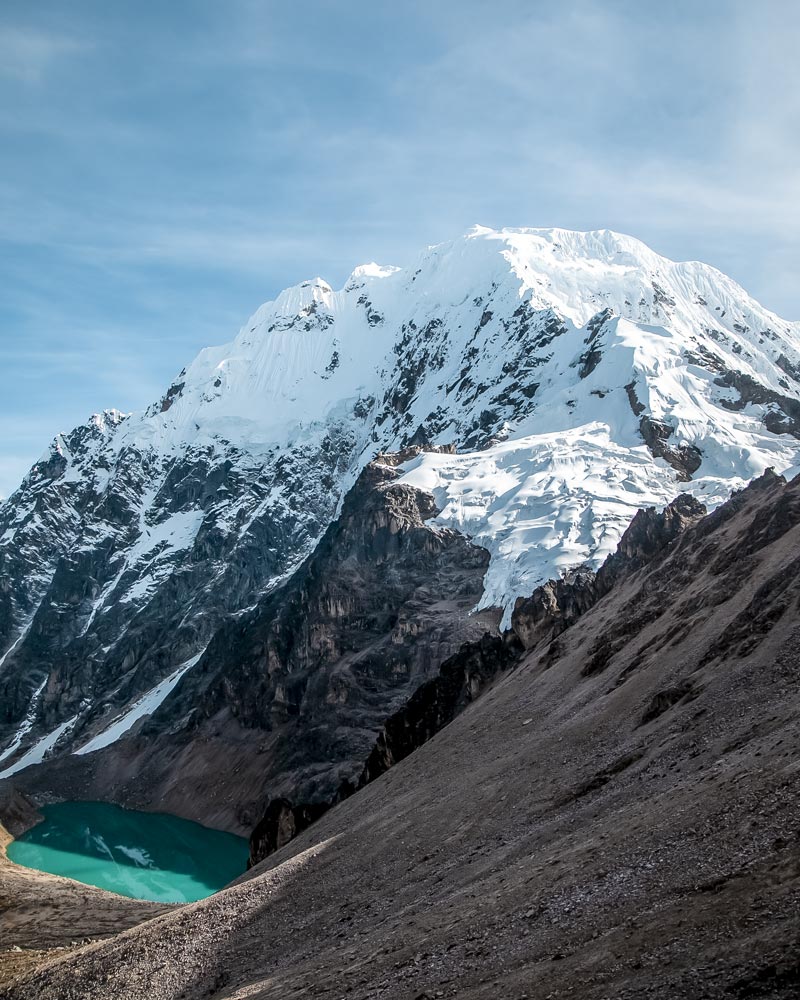
Challenging routes: Train for the trek!
Trekking in Peru comes in various difficulty levels, but many routes involve long hikes, uneven terrain, and altitude changes. You don’t need to be an athlete, but you do need to be in good physical shape.
Trekking with children: Make sure the route is suitable for their age and physical condition. Some trails have a minimum age requirement for safety reasons. Check with your travel agency before booking to avoid any setbacks.
Tips:
- Train by walking or climbing stairs before your trip.
- Wear appropriate, already broken-in footwear (not new) that fits your feet well.
- Choose routes based on your physical condition, hiking experience, and acclimatization level.
- Use trekking poles for better support and stability, helping prevent falls.
- Go at your own pace, rest when needed, and stay well hydrated.
Don’t miss our video on how to physically prepare for a trek!
Trekking in the jungle or deserts
If you plan to hike in the jungle or desert areas, such as the Amazon or the Paracas National Reserve, it’s important to consider the extreme environmental conditions. Heat, humidity, and direct sun exposure can pose a risk if proper precautions are not taken.
Tips:
- Always wear sunscreen, lightweight long-sleeved clothing, and a hat or cap.
- Drink plenty of water to avoid dehydration.
- Apply insect repellent frequently to protect yourself from mosquito bites.
In tropical jungle areas, there may be insects or potentially dangerous animals, as some can transmit diseases. It is always advisable to do these types of routes accompanied by a certified guide who knows the area well and can help keep you safe throughout the journey.
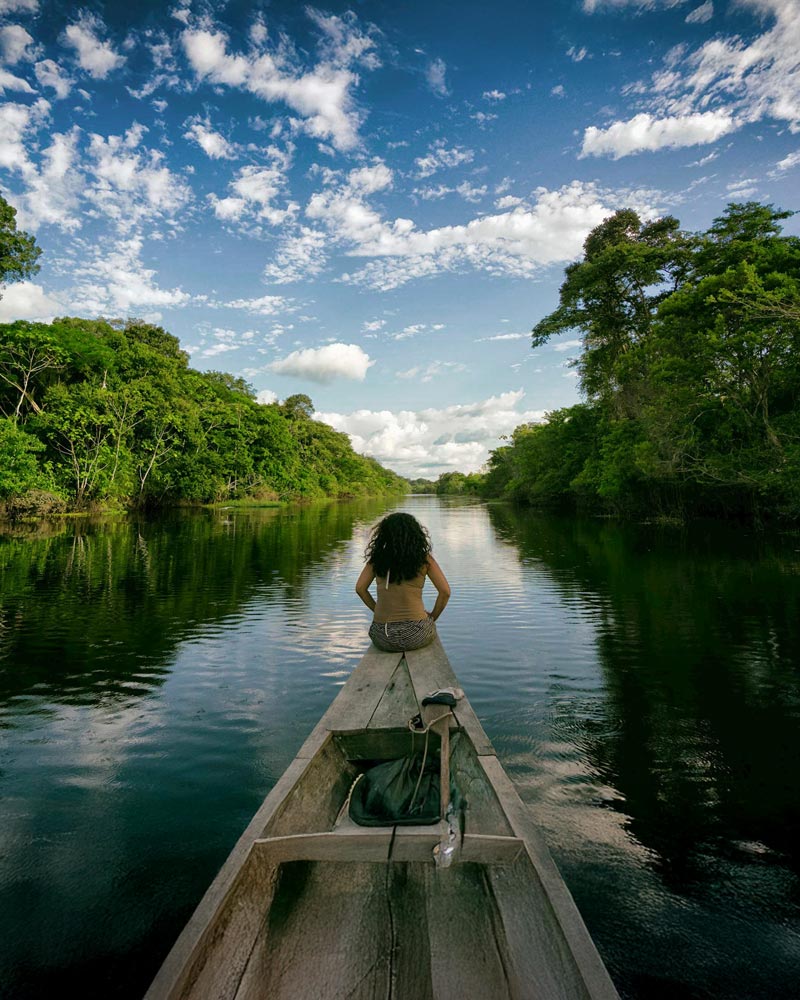
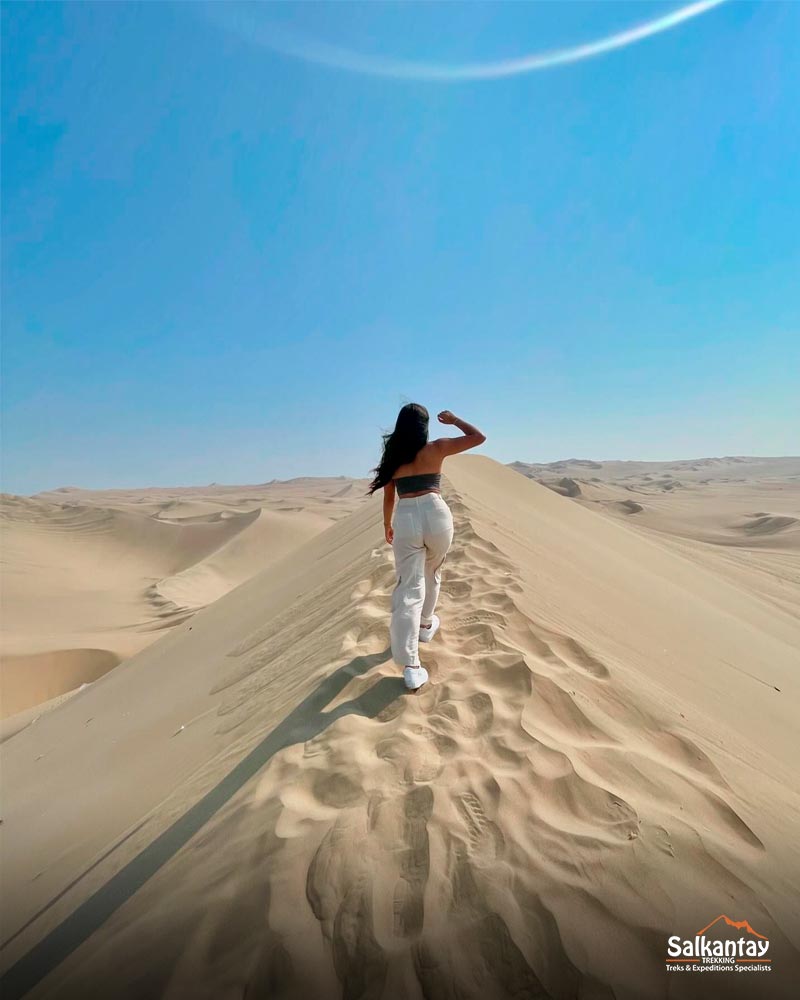
Natural conditions and climate
In mountain, jungle, or desert areas, nature can be unpredictable. In Peru, you need to be prepared for sudden weather changes. You might go from intense sunshine to heavy rain in a matter of minutes, face strong winds, or experience temperatures that vary greatly between day and night.
Additionally, some trails can become slippery, steep, or difficult to follow. While natural disasters are rare, heavy rains and landslides can occur. Ask your agency or guide about the current trail conditions, and avoid walking near cliffs or unstable areas after rainfall.
Tips:
- Check the weather before heading out on the trail.
- Always bring a rain jacket or poncho, as well as a hat, sunscreen, and sunglasses.
- Wear appropriate footwear with good traction and water resistance.
- Hike with a guide or a certified agency on remote routes.
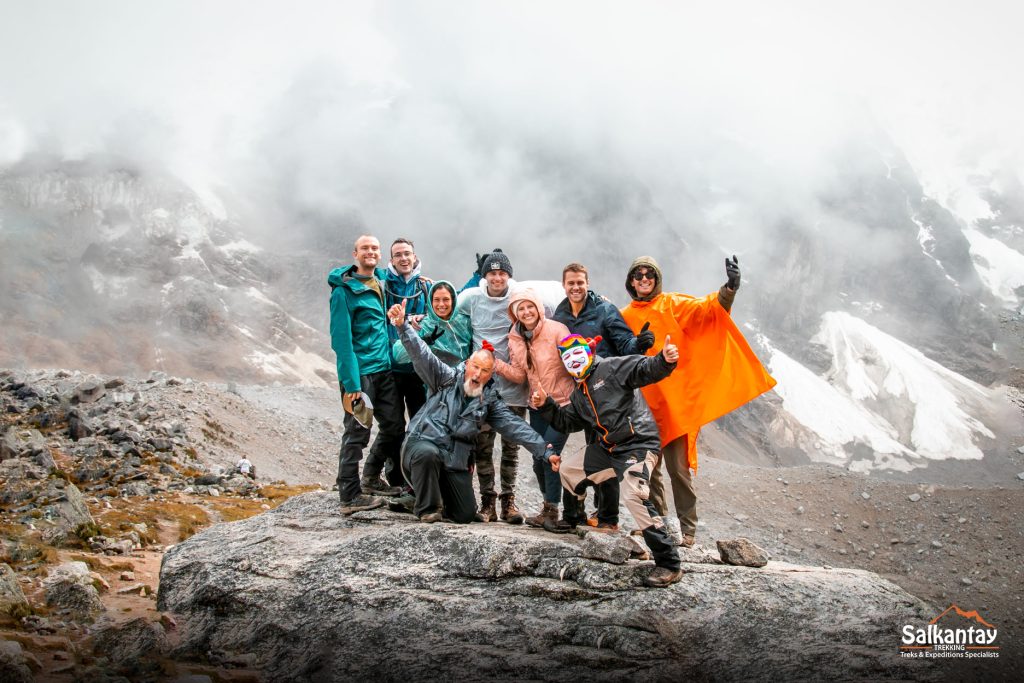
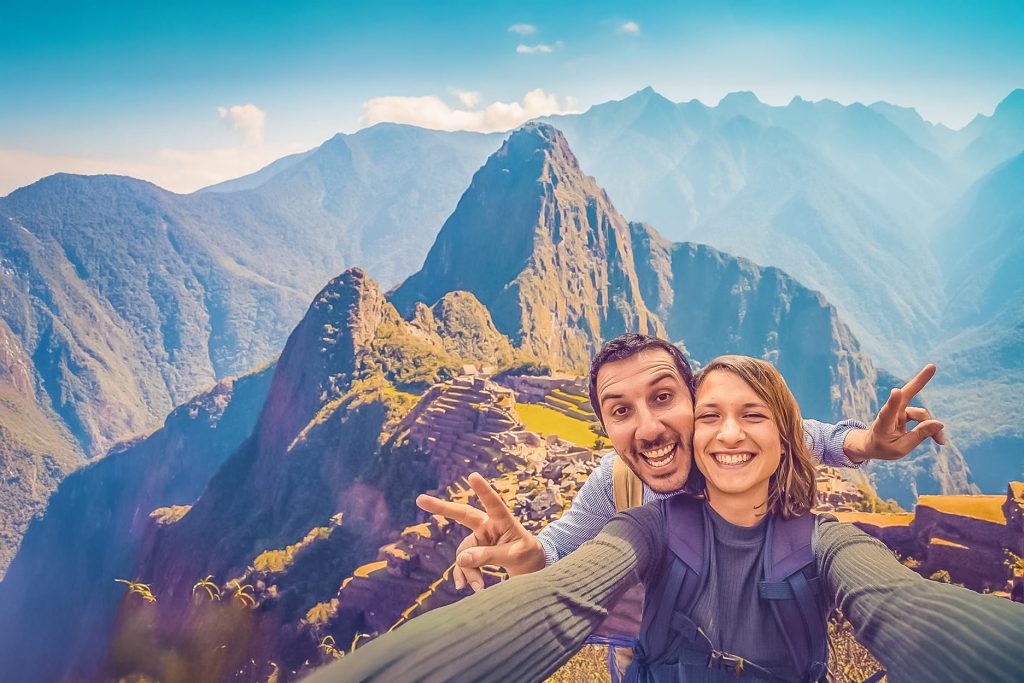
Safety on the trail
The most popular trekking areas are completely safe, especially when traveling with a registered agency or certified guides. Still, basic caution is recommended.
Tips:
- Do not hike alone, especially on long or less-traveled routes.
- Carry a copy of your documents, water, snacks, and a basic first-aid kit.
- Let someone know your itinerary if you’re hiking on your own.
- Avoid unauthorized or unmarked areas.
- Stay on the trail and do not stray from the marked path.
At Salkantay Trekking, we have professional guides trained in first aid and mountain rescue. They always carry a first-aid kit, oxygen, and a radio to ensure your safety on the trails in Cusco.
Traveling prepared doesn’t mean worrying too much—it means enjoying responsibly. The vast majority of travelers complete these routes without any issues and come away with memories that last a lifetime. All you need is planning, common sense, and most importantly… an adventurous spirit!
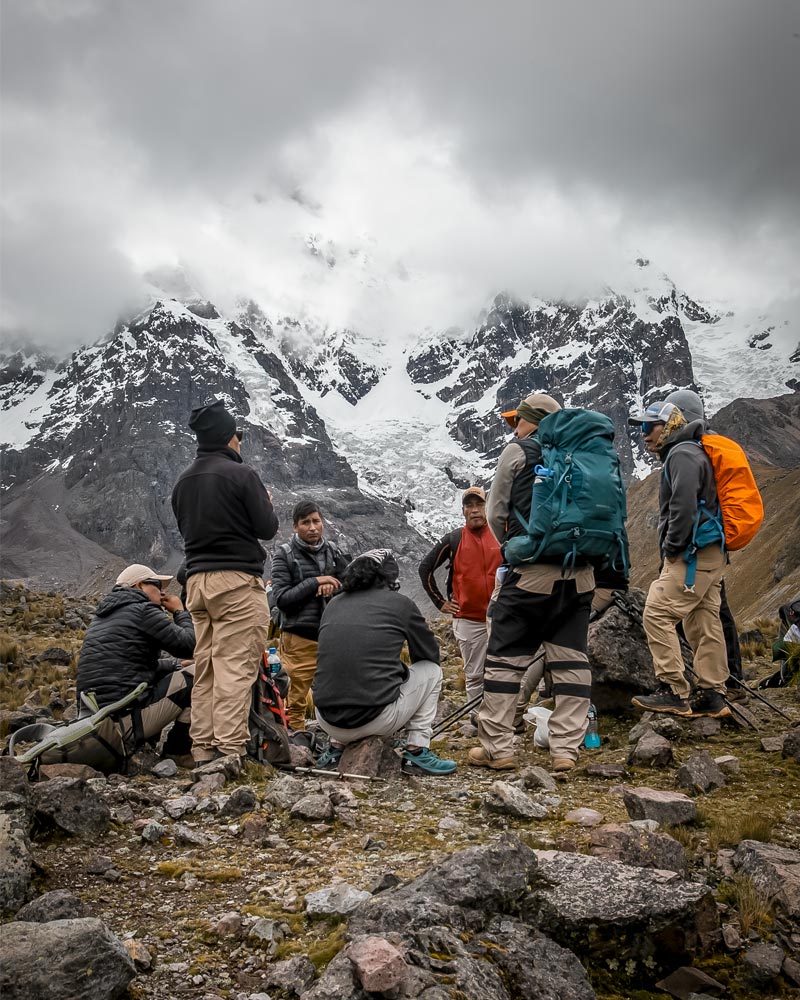
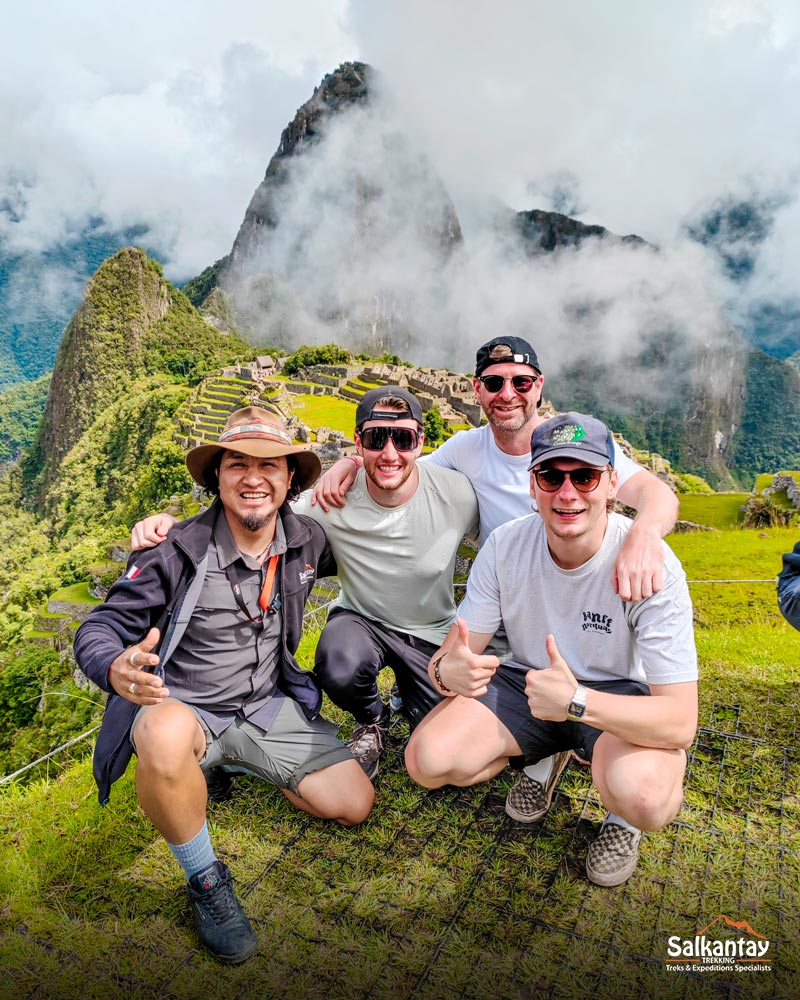
Take care of your health and hygiene while exploring Peru
Traveling to Peru is an unforgettable experience, but it’s also important to take precautions to protect your health. In a country different from our own, we may encounter foods or products we’ve never tried before, and that can cause discomfort to our bodies. Always take care of your safety and hygiene during your trip to avoid complications.
Healthy drinking water and food safety
In most cities in Peru, drinking tap water is not recommended. It’s best to consume bottled, boiled, or purified water. As for food, Peru is famous for its extraordinary cuisine, which blends ancestral and innovative techniques to offer unique flavors. To enjoy it without stomach issues, it’s important to follow some basic recommendations:
- Eat at clean and well-reviewed places.
- Avoid raw foods (such as unwashed salads or fish that isn’t fresh).
- Be cautious with street food: choose busy, hygienic stalls where you can see how the food is prepared.
- Wash your hands frequently and use hand sanitizer.
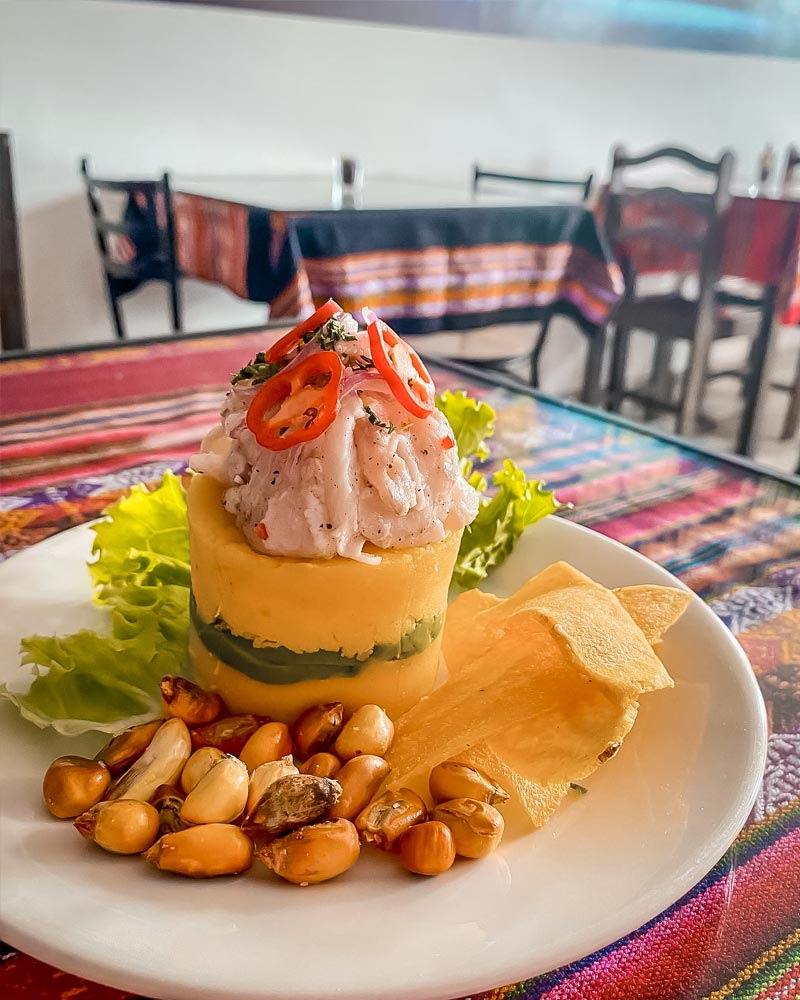
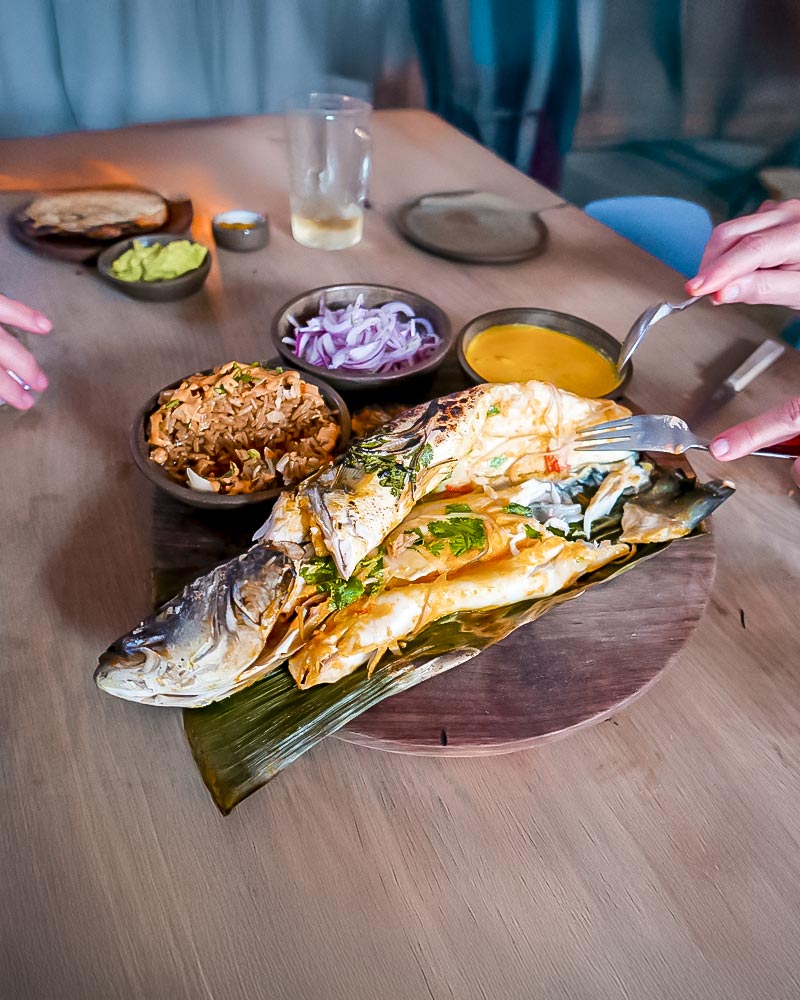
Recommended Vaccines in Peru
According to the WHO (World Health Organization) and the CDC (Centers for Disease Control and Prevention), there are no mandatory vaccines to enter Peru, but some are recommended:
- Yellow fever: especially if you’re visiting Amazon regions like Iquitos, Puerto Maldonado, or Manu.
Hepatitis A and B - Typhoid fever
- Tetanus and diphtheria (booster if not up to date)
- Rabies: if you plan to spend extended time in rural areas or have contact with animals.
Zika, dengue and malaria
These diseases are transmitted through mosquito bites. There is a high risk in some areas of Peru, especially in jungle regions where the climate is warm and humid.
To prevent these diseases, it is recommended to:
- Cover exposed areas of the body with long pants, long-sleeved shirts, and socks.
- Avoid dark-colored clothing, as it attracts mosquitoes.
- Apply repellent to uncovered areas of the body (neck, arms, legs…) with a minimum concentration of 30%.
- Always sleep under mosquito nets (preferably treated with insecticide) or in rooms with air conditioning.
- Consult a doctor at least 4 to 6 weeks before your trip to receive the necessary vaccines and preventive measures.
REMEMBER: If during or after your trip you experience fever, headache, and/or fatigue, visit a doctor as soon as possible—preferably a Tropical Medicine and International Health Center—to rule out malaria, dengue, or Zika.
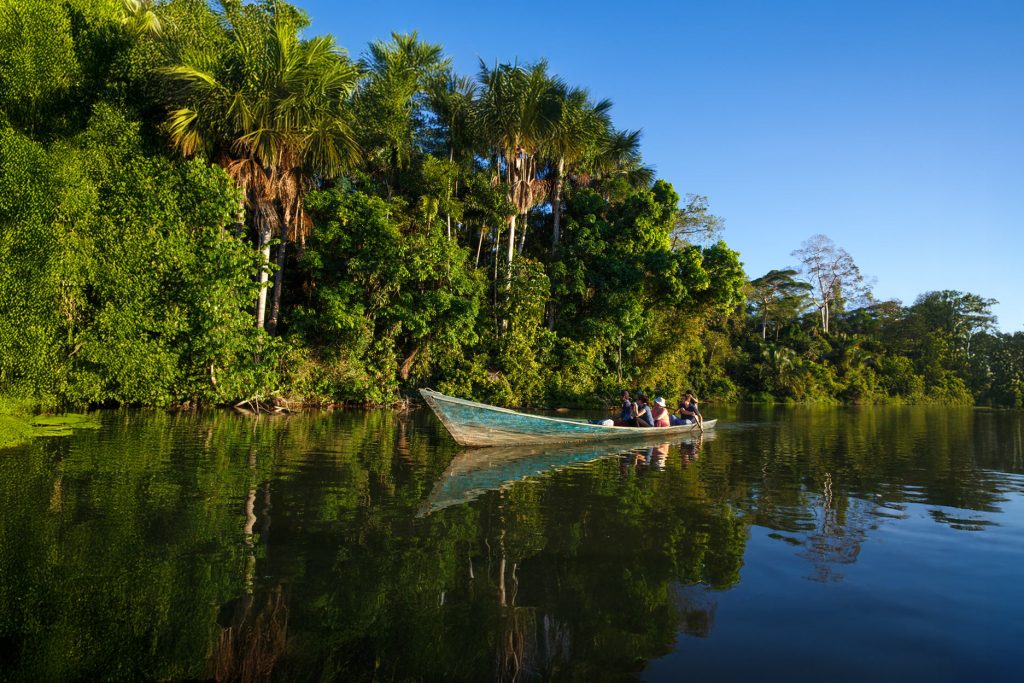
Travel with a trusted agency
One of the risks travelers face in highly touristic areas of Peru is falling victim to scams involving fake, unverified, or even illegal services. Some individuals take advantage of tourists’ lack of knowledge, so it’s essential to always stay alert and ensure that any service you hire is legal, regulated, and has a good reputation.
Legal transport
If you’re taking a taxi in Peru, make sure it’s an authorized vehicle. Official taxis usually have a visible registration number, a clearly identifiable license plate, and in some cases, a driver’s ID or badge. For greater safety, use reliable transportation apps like Uber, Cabify, or InDrive.
CAUTION: Traffic in Peru is very chaotic, especially in Lima, where millions of people live. Cross the street carefully, even when there are traffic lights.
When traveling by bus, choose well-known and reputable companies such as Cruz del Sur, Oltursa, Civa, Transzela, or Movil Bus, which comply with safety and maintenance standards. Avoid informal buses, especially at unauthorized terminals. On public urban transport, always keep your belongings in sight and wear your backpack or bag in front of you, especially in crowded areas.
Safe transportation in Cusco: Trust us! At Salkantay Trekking, we offer transportation services to take you from the airport to your hotel and from your hotel back to the airport. Don’t worry about a thing—travel safely with us!
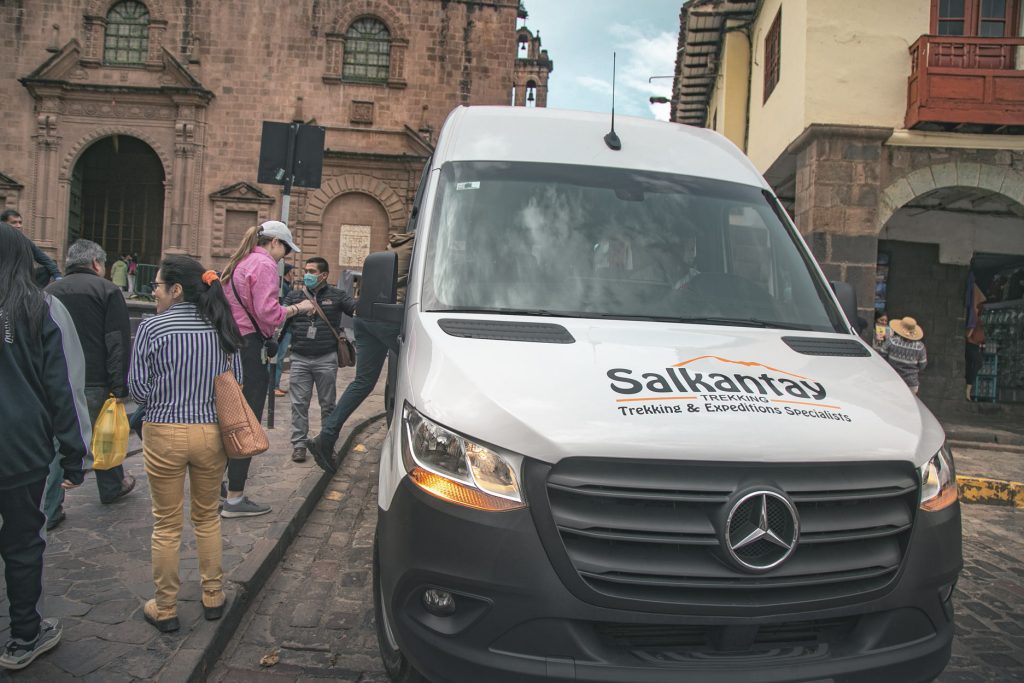
Safe tour operators
In very touristy places in Peru, you need to be cautious, as there are informal travel agencies that try to sell fake tours to the most popular destinations.
Tips:
- Check real reviews. Look for feedback and experiences from other travelers on reliable platforms like Google, TripAdvisor, or social media.
- Be wary of misleading prices. Don’t trust overly exaggerated promotions or very low prices—they’re often a trap.
- Verify that it’s a legitimate agency. Make sure they have a physical office and a professional website.
- Read the contract carefully. Review the terms and conditions and ensure they are clear and detailed.
At Salkantay Trekking, we have over 12 years of experience organizing treks and expeditions in the Peruvian Andes. We are trekking experts and specialize in routes to Machu Picchu, such as the Salkantay Trek, the Inca Trail, Choquequirao, and other alternative routes.
Over the years, thousands of travelers have trusted us for our professionalism, commitment, and passion for nature. We offer high-quality service, with professional guides, excellent equipment, and all the support you need to enjoy a safe and unforgettable experience.
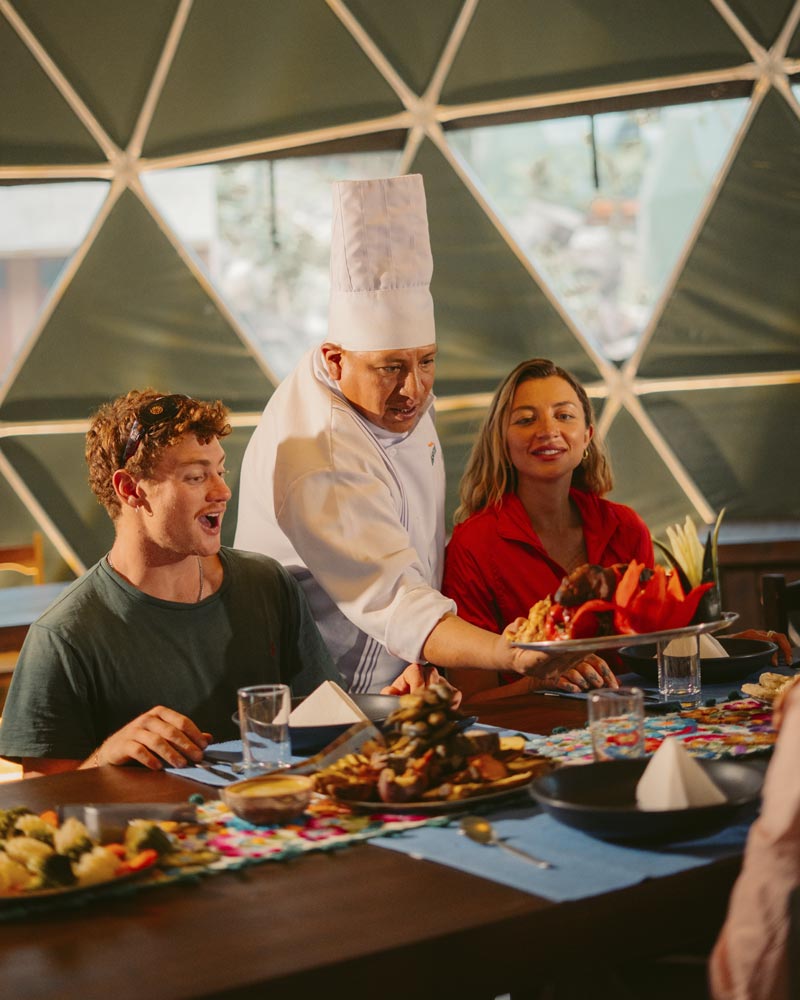
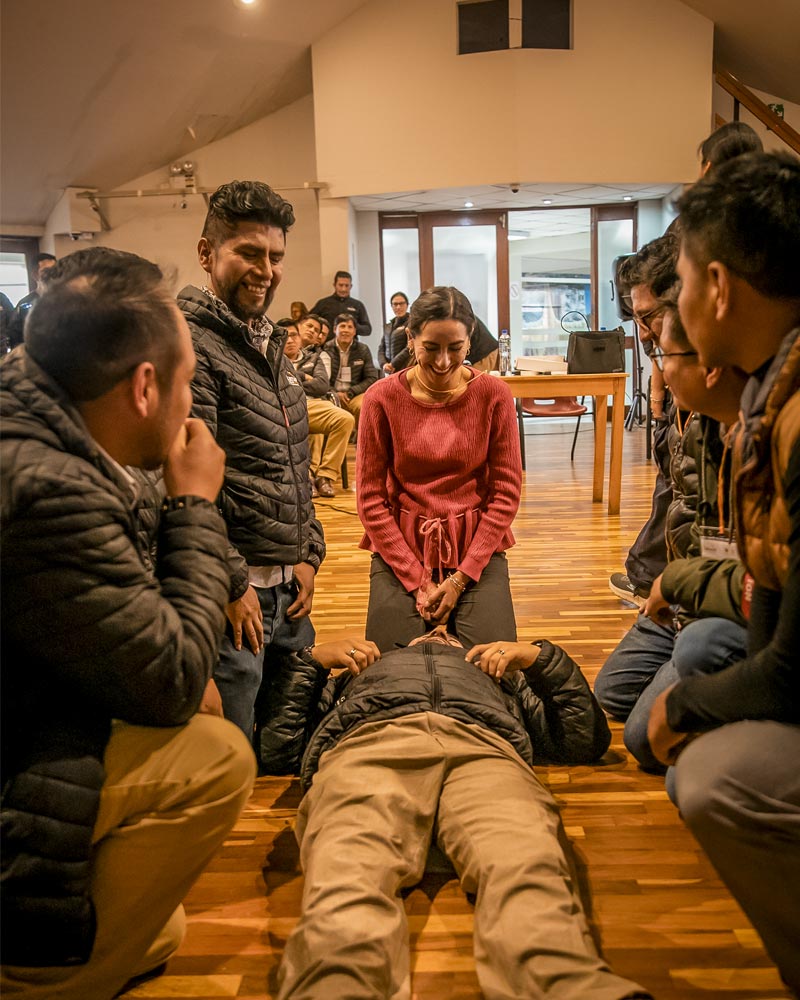
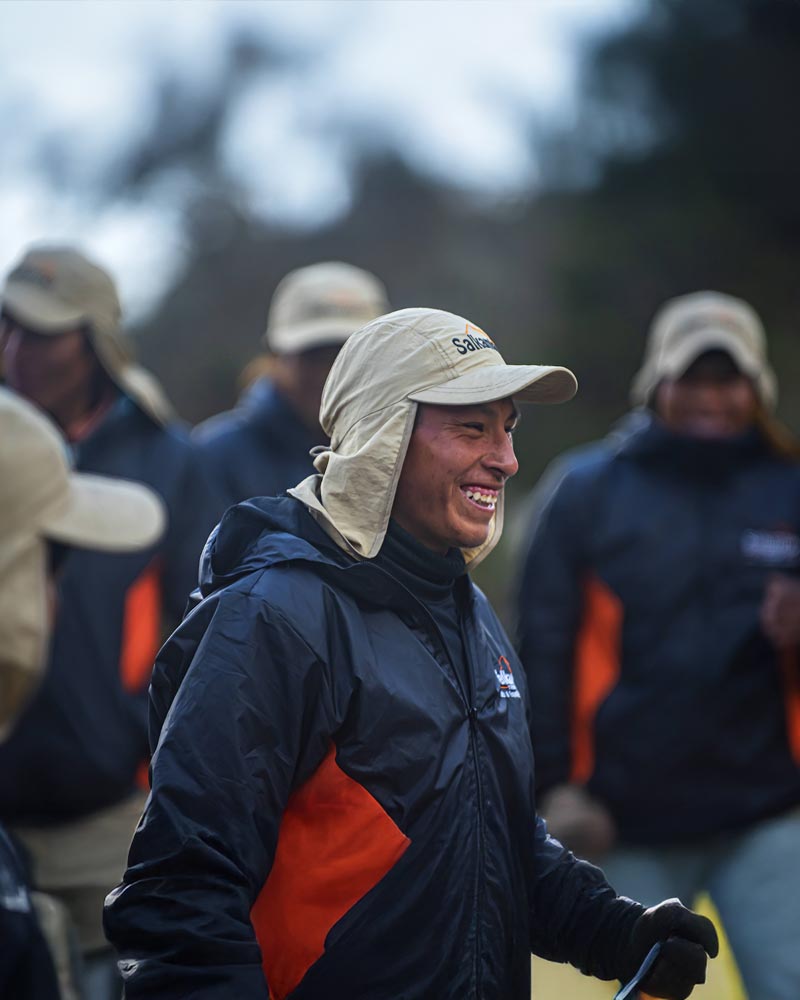
Cities in Peru: Enjoy Without Worries
Next, we show you the safest and most comfortable areas in the main cities of Peru, so you can confidently choose where to stay and which places to visit.
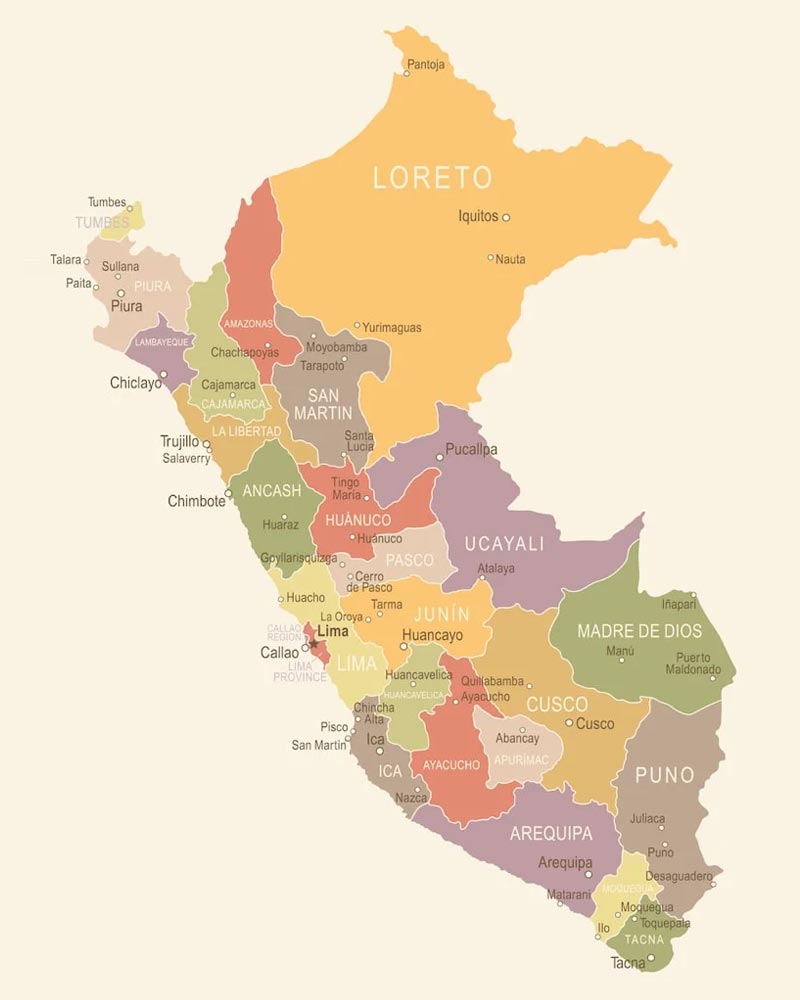
Is it safe to visit Lima?
Lima, the capital of Peru, is a vibrant city. Its blend of colonial history, modern architecture, world-renowned gastronomy, and views of the Pacific Ocean makes it an unmissable destination for any traveler. In Lima, you can explore cultural neighborhoods like Barranco, enjoy the cuisine in Miraflores, or discover the charm of the Historic Center, declared a UNESCO World Heritage Site. Like any major metropolis, it has very safe areas and others that require more caution, so it’s important to be well-informed before moving around the city.
⚠️ Challenging districts in Lima: San Juan de Lurigancho, Comas, Ate, San Martín de Porres, La Victoria, Villa María del Triunfo, Villa El Salvador.
🏠 Areas to stay and explore freely: Miraflores, Barranco, San Isidro, San Borja, and Surco.
Where to stay in Lima
- Miraflores – Travelers’ Favorite
- Ideal for: all types of travelers (solo travelers, couples, families).
- Why stay here:
- Safe, cosmopolitan atmosphere and lots of tourist activity.
- Close to restaurants, shops, the boardwalk, museums, and parks.
- Easy access to transportation, tours, and transfers.
- Barranco – Art, Culture, and Local Char
- Ideal for: young, creative travelers or those looking for local experiences.
- Why stay here:
- Bohemian area with bars, galleries, cafés, and a relaxed vibe.
- Safe and with easy access to the sea and the historic center.
- Perfect for cultural or romantic walks.
- San Isidro – Elegance and Tranquility
- Ideal for: business travelers, older couples, or those seeking peace.
- Why stay here:
- Very safe, clean, and orderly area.
- Parks, gourmet restaurants, and 5-star hotels.
- Less nightlife, but excellent for relaxing
Want to know where to eat in Lima? Discover the best restaurants in the city and enjoy the flavors of Peruvian cuisine.
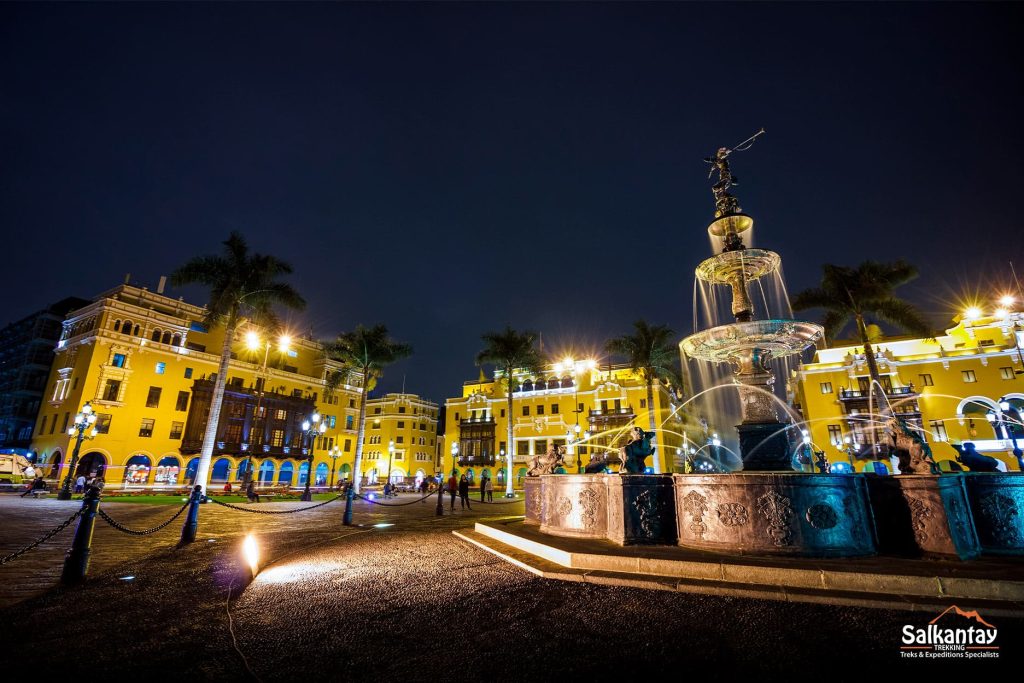
Is it safe to visit Cusco?
Cusco is one of the safest destinations in Peru for visitors. It is the most visited city in the country thanks to its impressive tourist attractions such as Machu Picchu, Rainbow Mountain, Humantay Lake, Maras, and Moray. Its popularity draws millions of travelers each year. There is a strong police presence in the historic center and tourist areas, although it’s always advisable to stay alert for possible petty theft.
⚠️ Challenging districts in Cusco: Santiago, San Sebastián, San Jerónimo, Puente Belén. Also, remote high areas in poorly lit peripheral neighborhoods.
🏠 Areas where you can stay and explore freely: Historic Center (Plaza de Armas and surroundings), San Blas, Wanchaq, Avenida El Sol and surrounding areas.
Where to stay in Cusco
- Historic Center – Cusco’s cultural heart
- Ideal for: families, couples, history lovers, and those who want to stay near the main attractions.
- Why stay here:
- You’re just steps from the Plaza de Armas, museums, churches, and restaurants.
- High police presence and top-quality tourist services, restaurants, and hotels.
- Lively atmosphere day and night, with plenty of entertainment.
- San Blas – Art and Andean tradition
- Ideal for: young travelers, backpackers, photography lovers, and bohemian souls.
- Why stay here:
- Traditional neighborhood with cobblestone streets, panoramic views, and artisan workshops.
- Quiet, picturesque vibe with strong local charm.
- San Blas is just a short uphill walk from the Plaza de Armas.
- Wanchaq – Local tranquility with great access
- Ideal for: travelers looking for more residential and budget-friendly areas.
- Why stay here:
- Safe and peaceful zone, less touristy but well-connected to the center.
- Close to local markets, hospitals, and the bus terminal.
- Great option for longer or more relaxed stays.
Find the best accommodation: If you’re unsure about the types of lodging and the best areas, read our blog on where to stay in Cusco.
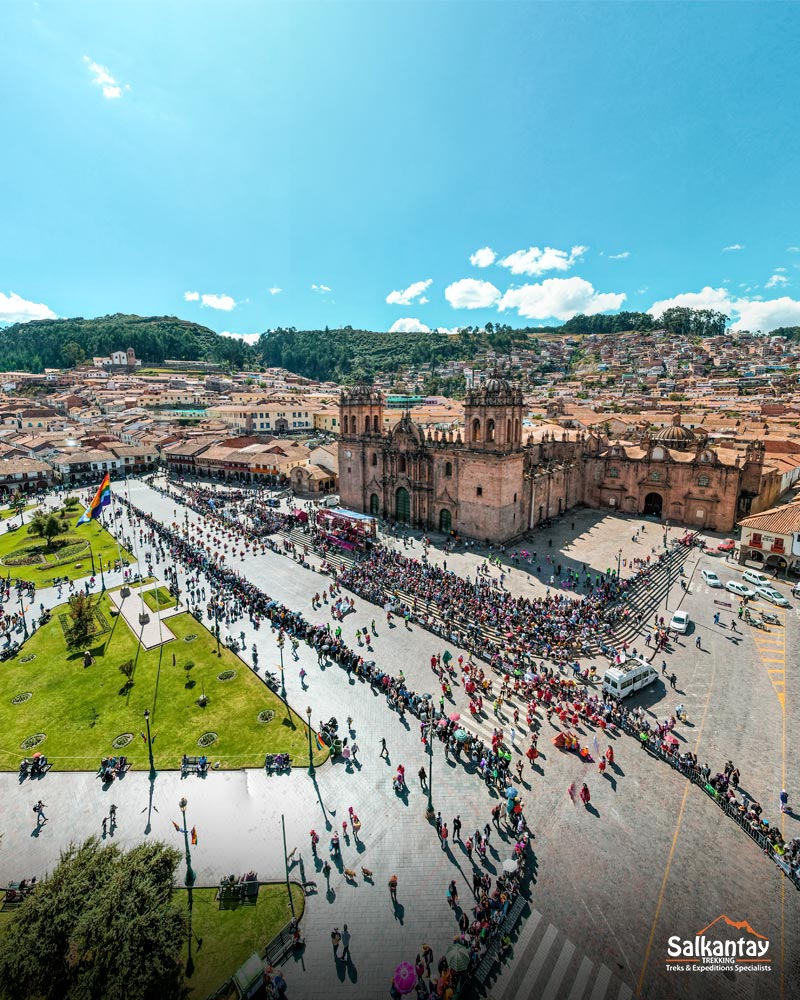
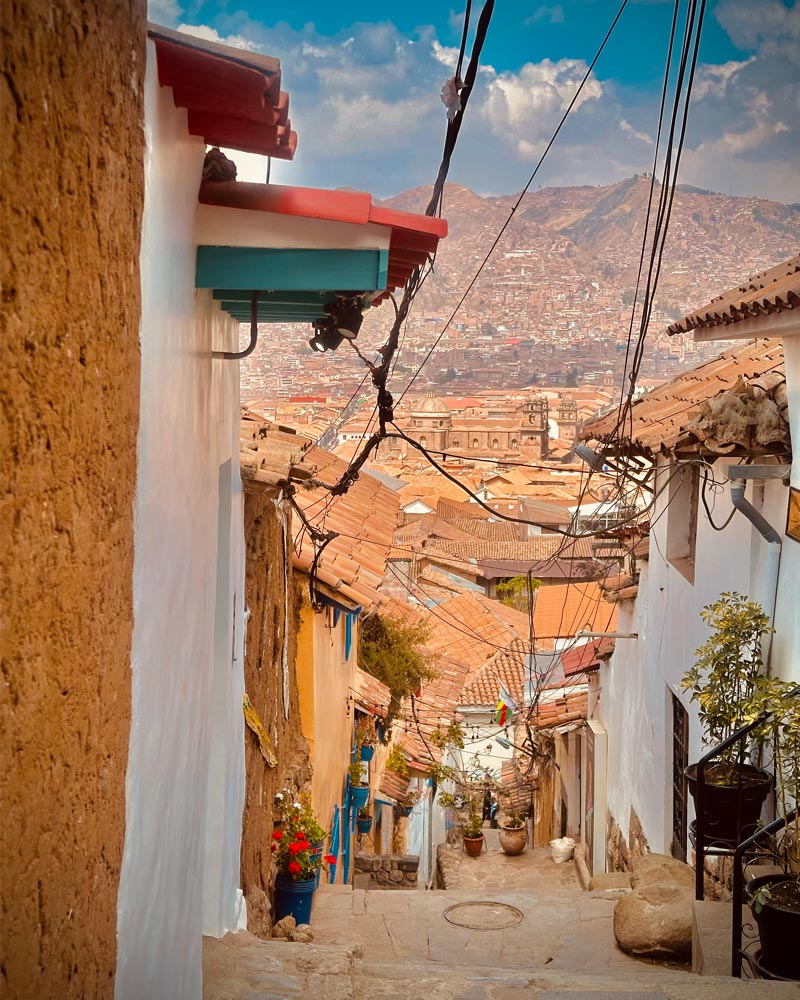
Is it safe to visit Arequipa?
Arequipa is one of the safest and most pleasant cities to visit in Peru. Known as the “White City,” Arequipa stands out for its beautiful colonial-style Historic Center, its volcanoes, and its proximity to the impressive Colca Canyon. It’s a popular destination among both national and international travelers. Tourist areas are well-patrolled and have a peaceful atmosphere, although, as in any city, it’s advisable to stay aware of your belongings in crowded places.
⚠️ Challenging districts in Arequipa: Cerro Colorado (areas far from the center), Cercado and Paucarpata, Jacob Hunter (remote, less-traveled zones).
🏠 Areas to stay and explore freely: Historic Center (around the Plaza de Armas), Yanahuara, Selva Alegre and Vallecito.
Where to stay in Arequipa
- Historic Center – The colonial heart of the city.
- Ideal for: travelers who want to be close to the main attractions, restaurants, and urban life.
- Why stay here:
- You’re just steps from the Plaza de Armas, the Cathedral, and the Santa Catalina Monastery.
- The area has constant surveillance and a lively atmosphere day and night, making it safe and convenient.
- Yanahuara – Peace and views of the Misti volcano.
- Ideal for: those looking for a more traditional and relaxed setting.
- Why stay here:
- A charming neighborhood with narrow streets, old houses, and scenic viewpoints.
- Very close to downtown and safe for leisurely walks and photography.
- Selva Alegre – Open spaces and residential areas.
- Ideal for: families or travelers who prefer green areas and less touristy surroundings.
- Why stay here:
- A quiet area with large parks and wide streets.
- Well connected to downtown, offering a more local experience without being too far away.
- Vallecito – Convenience and comfort near the center.
- Ideal for: travelers looking for a practical and comfortable stay.
- Why stay here:
- A central and modern district with well-equipped hotels and easy access to services.
- Just minutes from the historic center and the bus terminal, making transportation easy.
Observe the condor in its natural habitat! The Colca Canyon is one of the deepest canyons in the world, and is home to unique species such as the Andean condor.
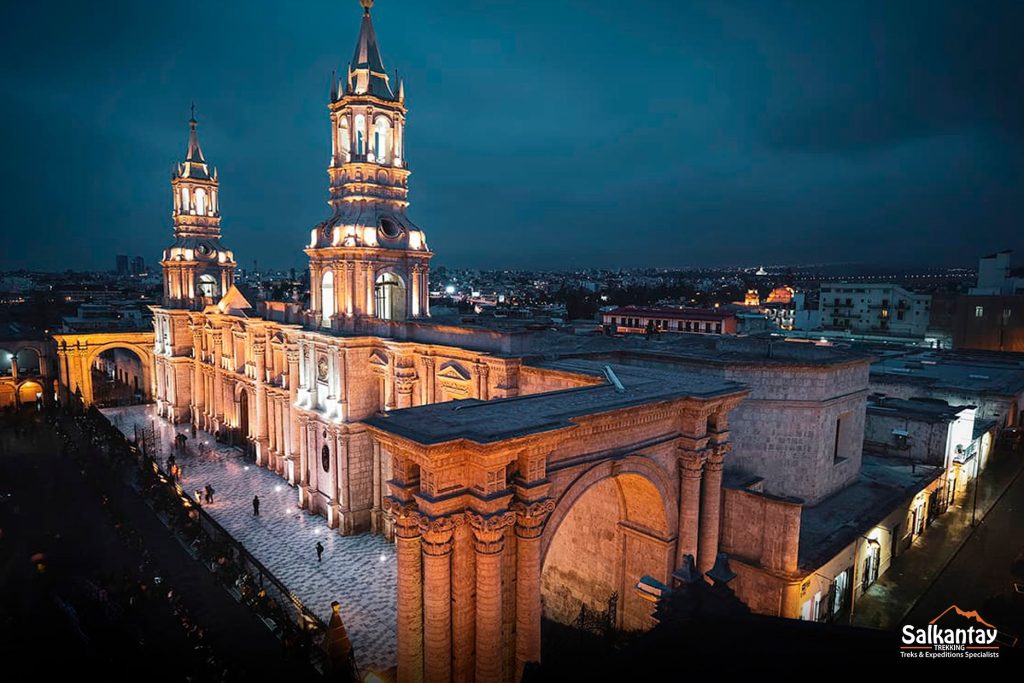
Is it safe to visit Puno?
Puno is a peaceful city in the Peruvian highlands, located on the shores of Lake Titicaca. It is known for its history, traditional dances, and the communities that inhabit the lake’s islands. Although it’s a popular destination, it sits at a high altitude and has rural areas that require special attention. The city center is safe for tourists, especially during the day, but it’s important to take precautions when moving through peripheral neighborhoods or very remote areas.
⚠️ Challenging districts in Puno: Juliaca (a nearby city with high commercial activity), informal mining zones (such as La Rinconada), peripheral neighborhoods with poor lighting, and areas with heavy informal transit.
🏠 Areas where you can stay and explore freely: Puno city center (around Parque Pino and Plaza de Armas), shores of Lake Titicaca, Chucuito (farther out, but ideal for cultural tours).
Where to stay in Puno
- City Center – Comfort and culture at your fingertips
- Ideal for: all travelers who want to be close to restaurants, shops, and the main square.
- Why stay here:
- You’re steps away from the Plaza de Armas and Parque Pino.
- It’s a safe, well-lit area with easy access to tours and transportation.
- Great for walking and enjoying the local vibe.
- Lake Titicaca shores – Peace and views
- Ideal for: couples, nature lovers, and those seeking relaxation.
- Why stay here:
- Hotels offer direct views of the lake and access to boat tours.
- Quiet atmosphere, perfect for unwinding.
- Close enough to the center while offering more serenity.
- Chucuito – A cultural getaway
- Ideal for: travelers interested in traditions and local life.
- Why stay here:
- A peaceful town 20 minutes from Puno, with colonial charm.
- Surrounded by countryside and lake views.
- Great for visiting archaeological sites and experiencing rural culture.
A community in the middle of the waters. The Uros are an indigenous people who live on the floating islands of Lake Titicaca, in the department of Puno, Peru.
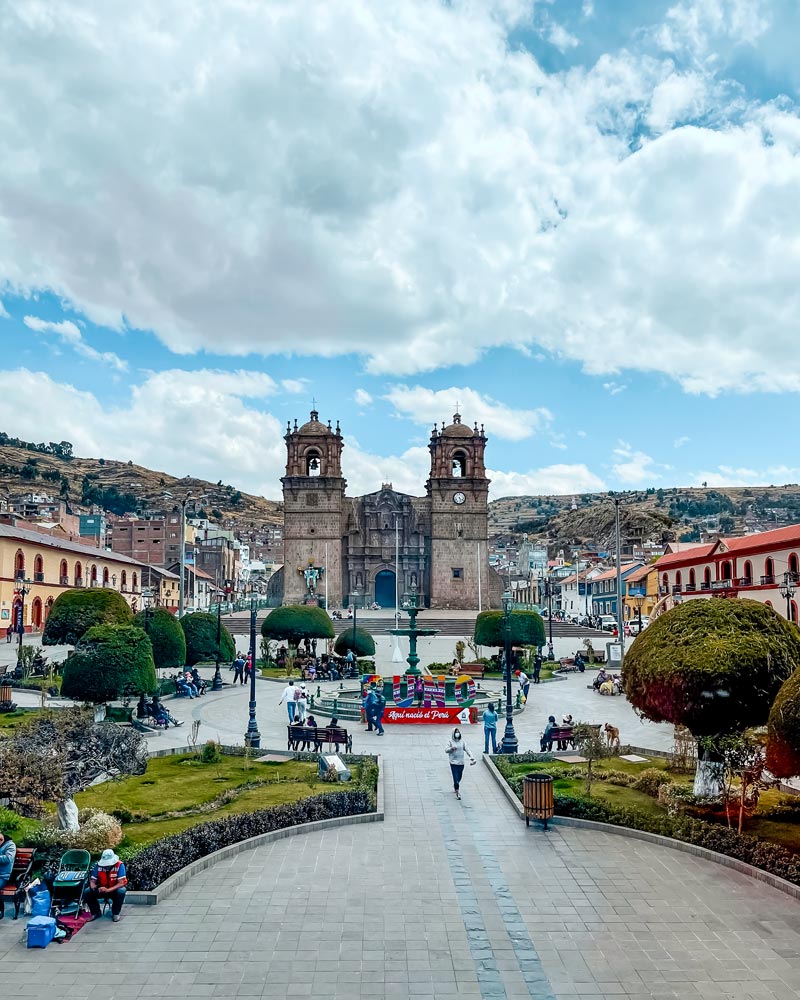
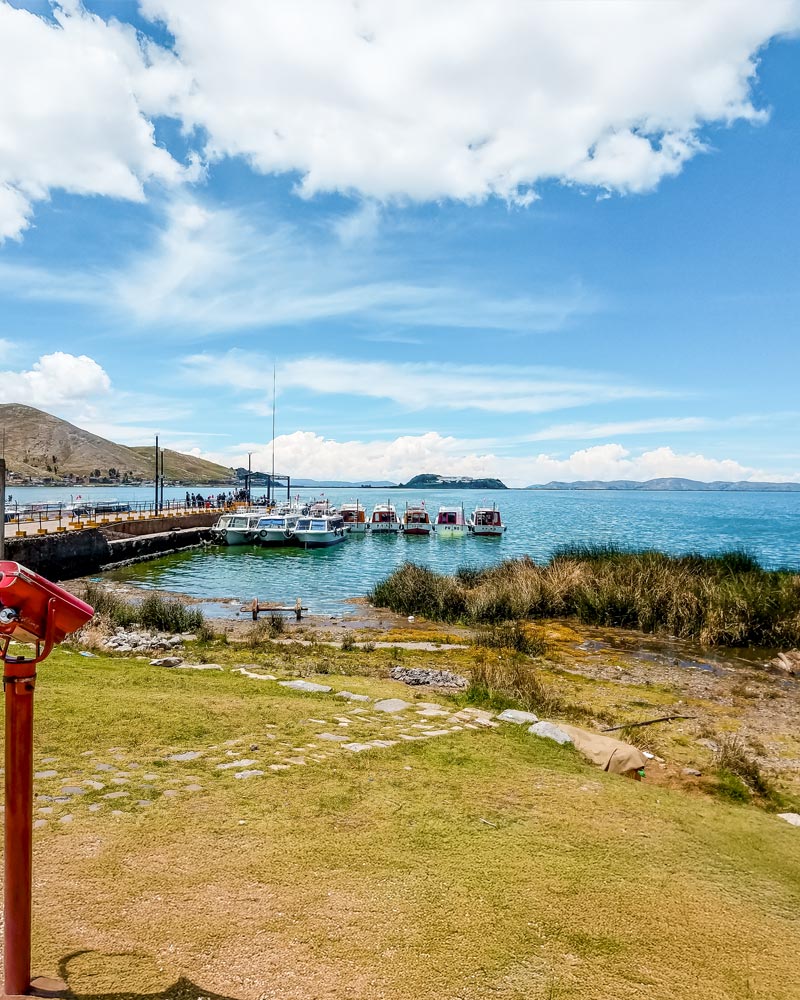
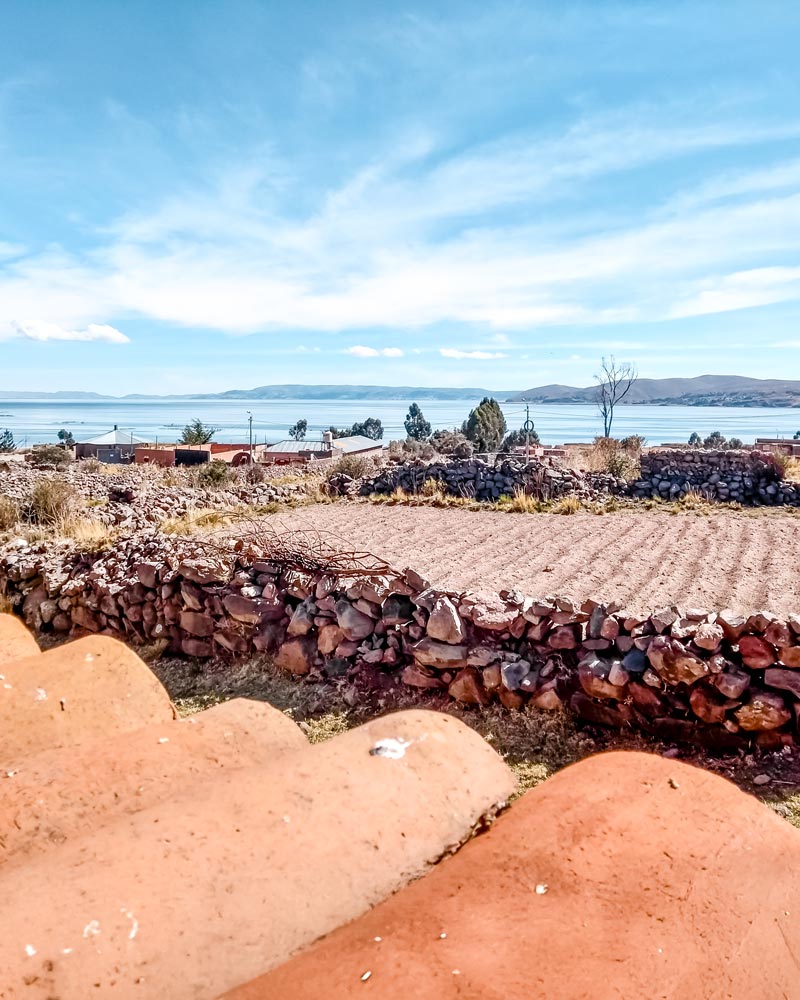
Is it safe to visit Trujillo?
Trujillo is a coastal city with great archaeological wealth and colonial history. Its proximity to the ancient city of Chan Chan makes it an important cultural destination. However, like many large cities, it has areas that require caution. The historic center and main tourist circuits are safe during the day, although it is advisable not to stray from these areas.
⚠️ Challenging districts in Trujillo: La Esperanza, El Porvenir, Alto Trujillo, Florencia de Mora, and peripheral areas with high crime rates.
🏠 Areas where you can stay and explore freely: Historic Center, San Andrés neighborhood, Huanchaco (beach tourist area).
Where to stay in Trujillo
- Historic Center – Heritage and culture
- Ideal for: travelers interested in history, museums, and colonial architecture.
- Why stay here:
- Very well located for walking tours, close to the Plaza de Armas, churches, and restaurants.
- Strong police presence, especially in tourist areas.
- San Andrés Neighborhood – Connection and tranquility
- Ideal for: families or travelers looking for modern accommodations and residential areas.
- Why stay here:
- Safe and well-located area, with several hotels and easy access to the center.
- Quiet and residential environment.
- Huanchaco – Waves, culture, and relaxation
- Ideal for: travelers who want to combine beach and culture.
- Why stay here:
- A tourist area with a relaxed vibe, very popular among surfers and backpackers.
- Safe and well-equipped, with accommodations, cafés and seaside restaurants.
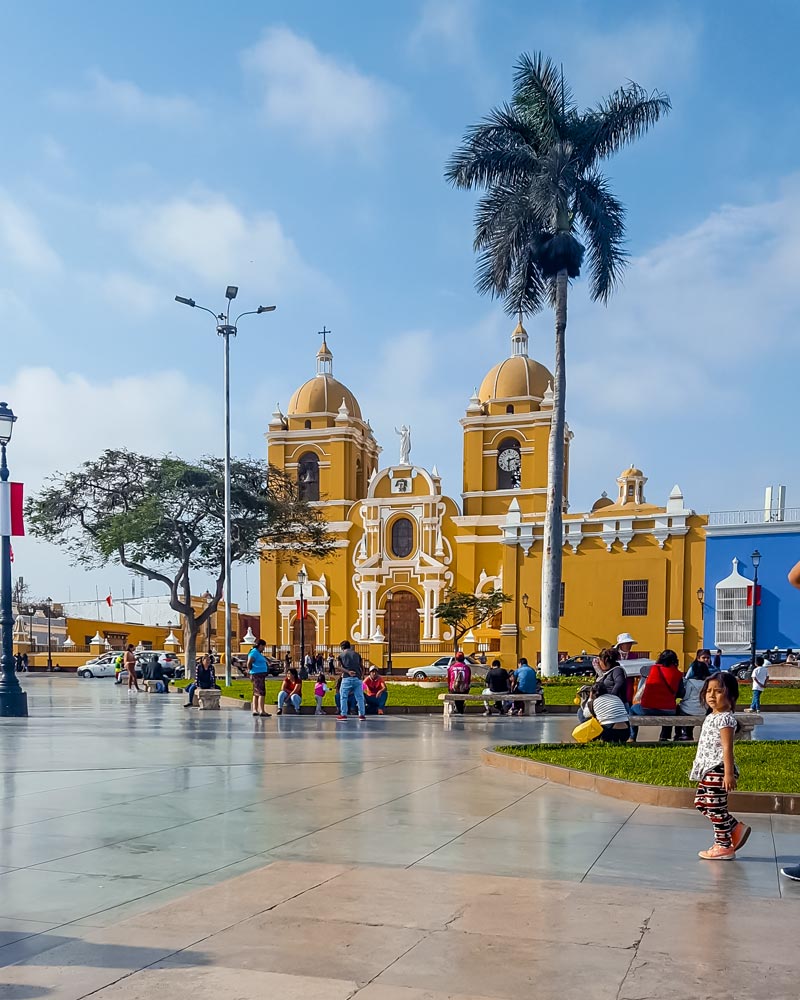
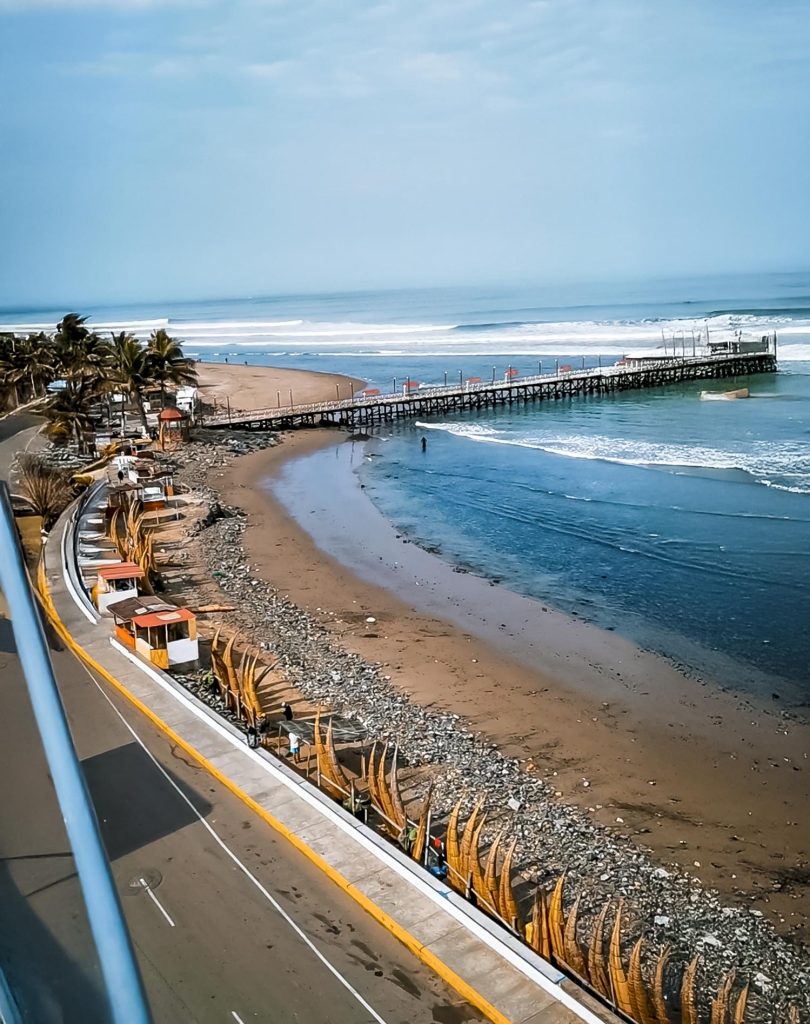
Is it safe to visit Iquitos?
Iquitos is the largest city in the Peruvian Amazon and can only be accessed by plane or river. It’s generally a peaceful destination, especially in areas near the city center and tourist zones. However, as in many urban areas, you should remain cautious in remote neighborhoods or unfamiliar areas, particularly at night. In addition, due to the jungle environment, it’s important to be informed about health precautions such as vaccinations and protection against mosquito-borne diseases.
⚠️ Challenging districts in Iquitos: Peripheral areas such as Lower Belén, communities near the Amazon, Itaya, and Nanay rivers without tourist supervision, the surroundings of river ports, and some zones in Punchana.
🏠 Areas where you can stay and explore freely: Iquitos city center (around the Plaza de Armas), Malecón Tarapacá, the Boulevard, and the San Juan area (regulated jungle hotels and lodges).
Where to Stay in Iquitos
- Centro de Iquitos – Gateway to the Amazon
- Ideal for: travelers who want to explore the city and stay close to all amenities.
- Why stay here:
- Close to restaurants, travel agencies, markets, museums, and the Malecón.
- Safe during the day, with good security in tourist areas.
- Malecón and Boulevard – Culture and views of the Amazon
- Ideal for: those seeking a lively atmosphere and river views.
- Why stay here:
- Area with bars, live music, street art, and charming hotels.
- Safe if you avoid walking alone at night on remote streets.
- San Juan – Jungle and organized adventure
- Ideal for: tourists staying in eco-lodges or nature reserves.
- Why stay here:
- Access to jungle lodges from the airport or by boat.
- Always recommended traveling with certified tour operators.
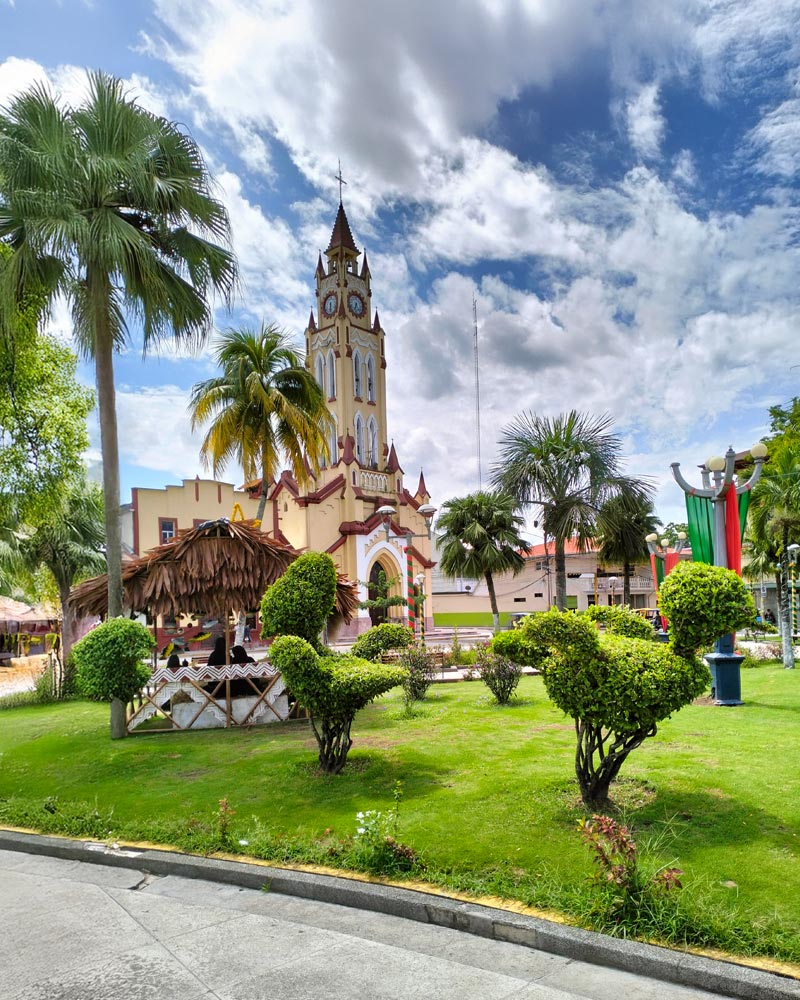
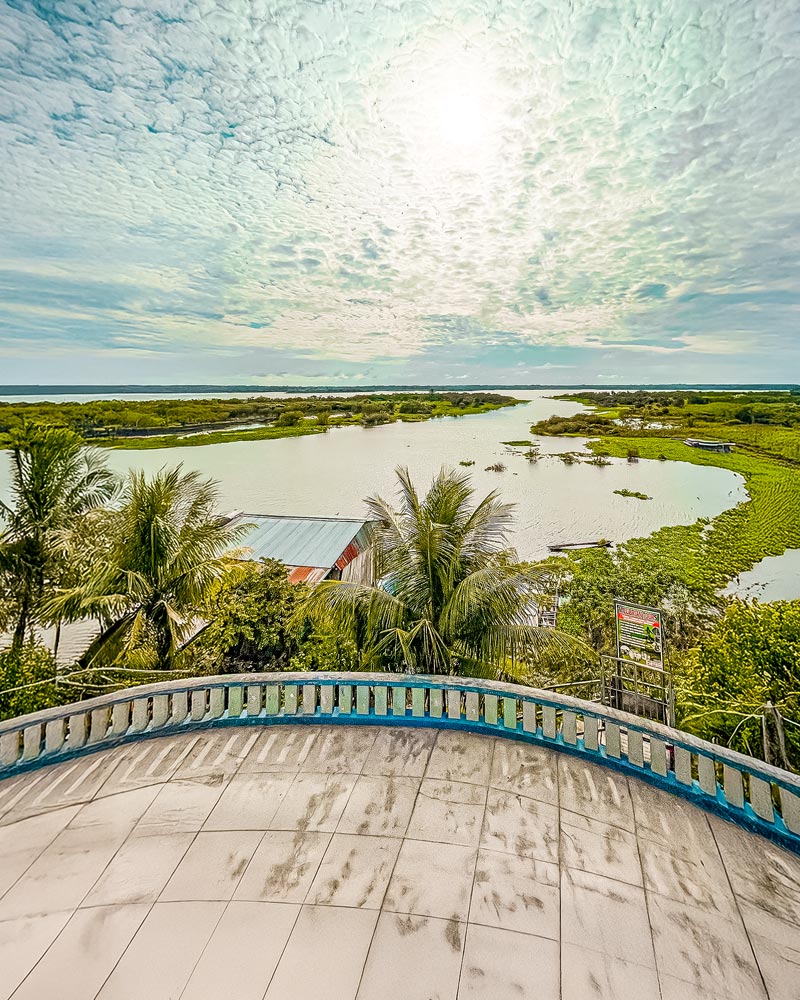
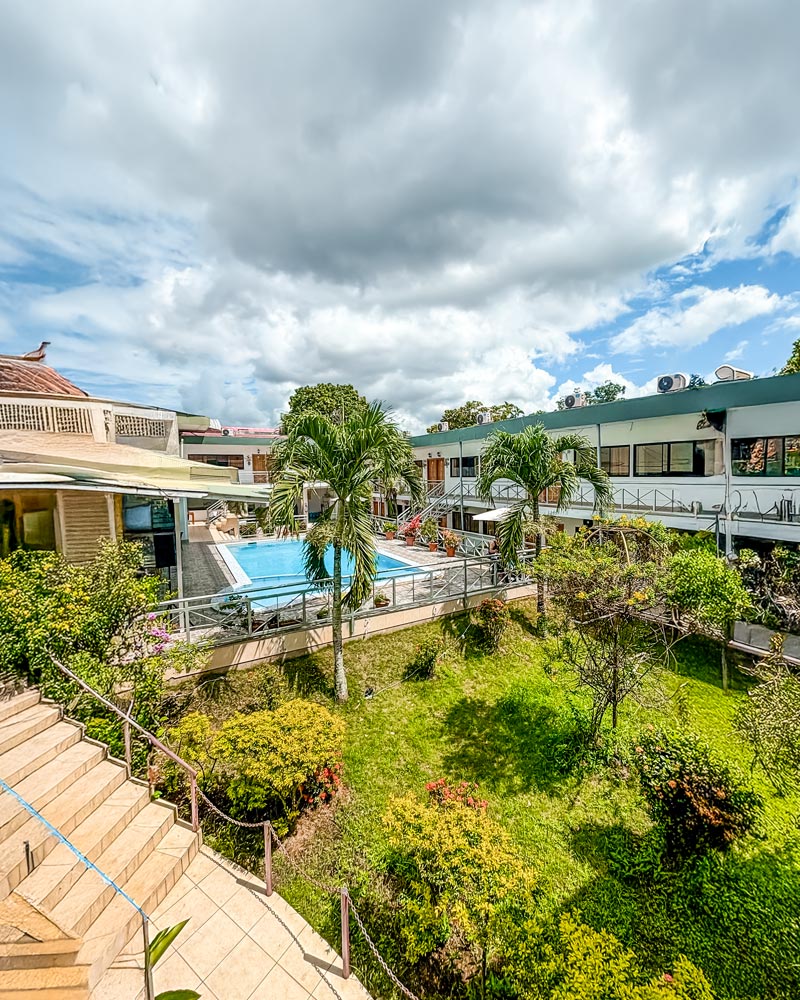
Safety tips for your trip to Peru
Travel without worries! We’ve prepared a list of the best tips so you can have an unforgettable experience in Peru.
Before traveling to Peru:
- Develop a communication plan with your family so they can know your location during the trip or help you from abroad.
- Prepare a protocol for emergencies.
- Purchase travel insurance that includes medical assistance and, if possible, reimbursement for loss of personal items.
- Leave your most important or sentimental belongings at home.
- Make sure your passport and other personal documents are not expired, and carry a copy with you.
- Hire a certified and safe tour operator for your excursions and trips.
During the trip:
- Pay attention to your surroundings and avoid getting into or starting conflicts.
- Check local media for breaking news. Be ready to change your plans if necessary.
- Don’t carry too much money with you. Calculate your daily expenses and leave the rest at the hotel, in a safe place.
- Avoid peripheral or less-traveled areas, especially at night.
- Follow the instructions of the authorities if there are any checkpoints.
- Consult official sources or your tour operator before exploring little-known areas on your own.
What to do in case of an emergency?
If you have an emergency during your trip to Peru, the first thing is to stay calm and seek immediate help. Here are the steps to follow if you find yourself in an alarming situation.
- Identify the type of emergency:
Determine whether it is a medical emergency, a fire, a natural disaster, or a police situation. - Call the corresponding emergency number:
- 105: National Police of Peru (PNP) for situations requiring police intervention.
- 116: General Corps of Volunteer Firefighters of Peru (CGBVP) for fires, rescues, and emergencies.
- 106: SAMU for medical emergencies.
- 119: For emergencies related to natural disasters.
- Provide clear and accurate information:
State your exact location, the type of emergency, and whether there are injured or trapped people. - Follow the instructions of the emergency services:
Operators will guide you on what to do until help arrives. In cities like Lima or Cusco, there are private clinics with good care and staff who speak English. For optimal care, you should have travel insurance with medical coverage, a copy of your ID documents, and an emergency contact.
How long can you stay in Peru as a tourist?
As a tourist, you can stay in Peru for up to 90 days if you come from most countries. However, if you are from Brazil or Chile, you are allowed to stay up to 180 days, and Mexican citizens can remain for up to 183 days. If you overstay this period, you must begin the process to regularize your status.
Peru is the ideal destination for an unforgettable trip
Peru is a completely safe destination that welcomes thousands of travelers every year. Countless tourists explore its wonders without any problems, taking home unforgettable memories of its landscapes, ancient history, and warm people.
You just need to take some basic precautions, be well-prepared, and travel with care. From Machu Picchu to the Amazon, from Lima to Lake Titicaca, the country is full of experiences that will stay with you forever.
Get ready to discover Peru with responsibility, an open mind, and an adventurous spirit. Your great journey awaits!

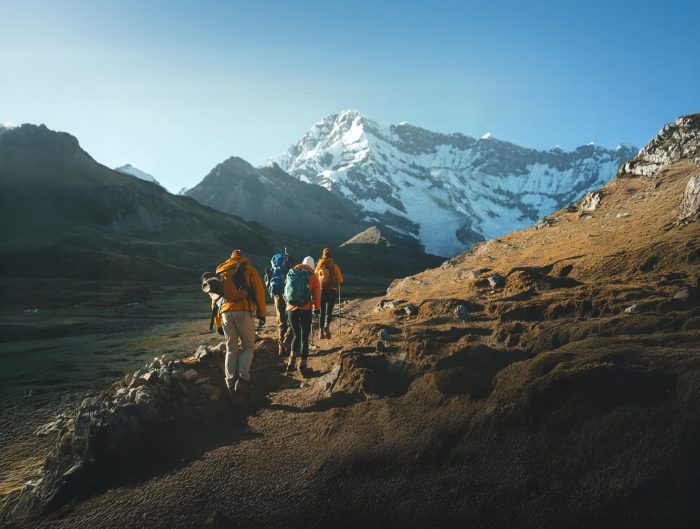
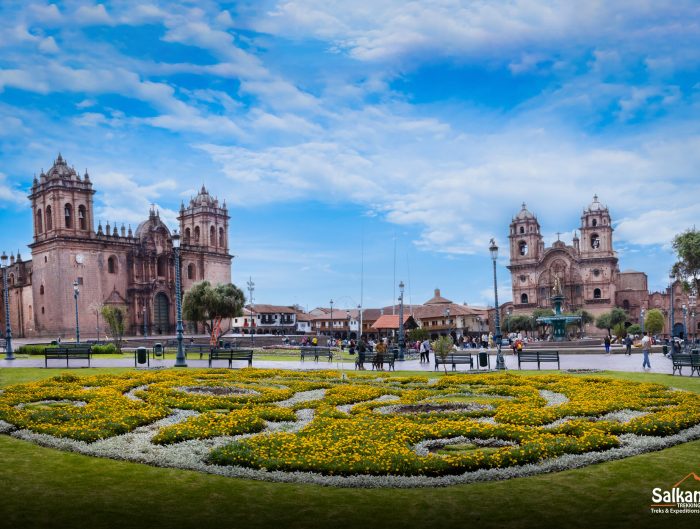
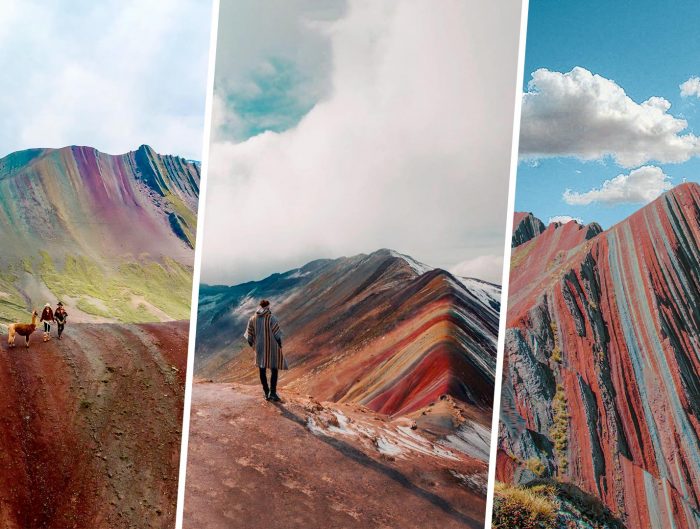
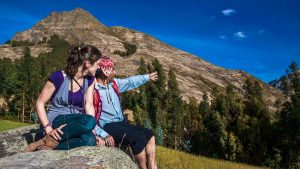
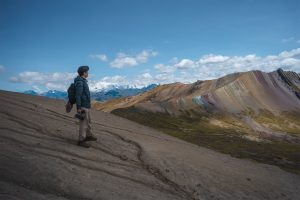
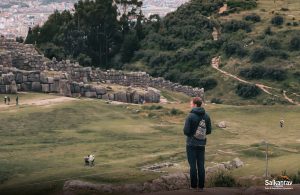

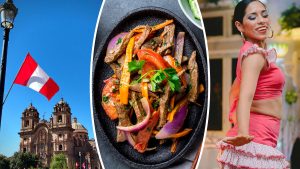
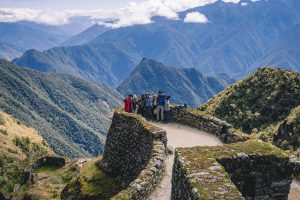

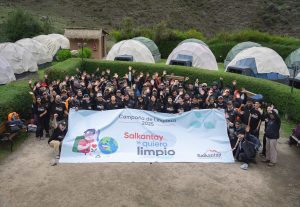
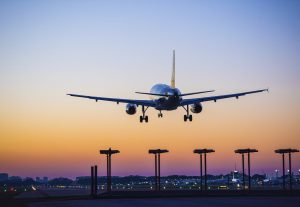
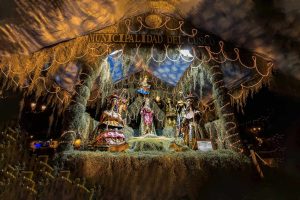
Leave A Reply